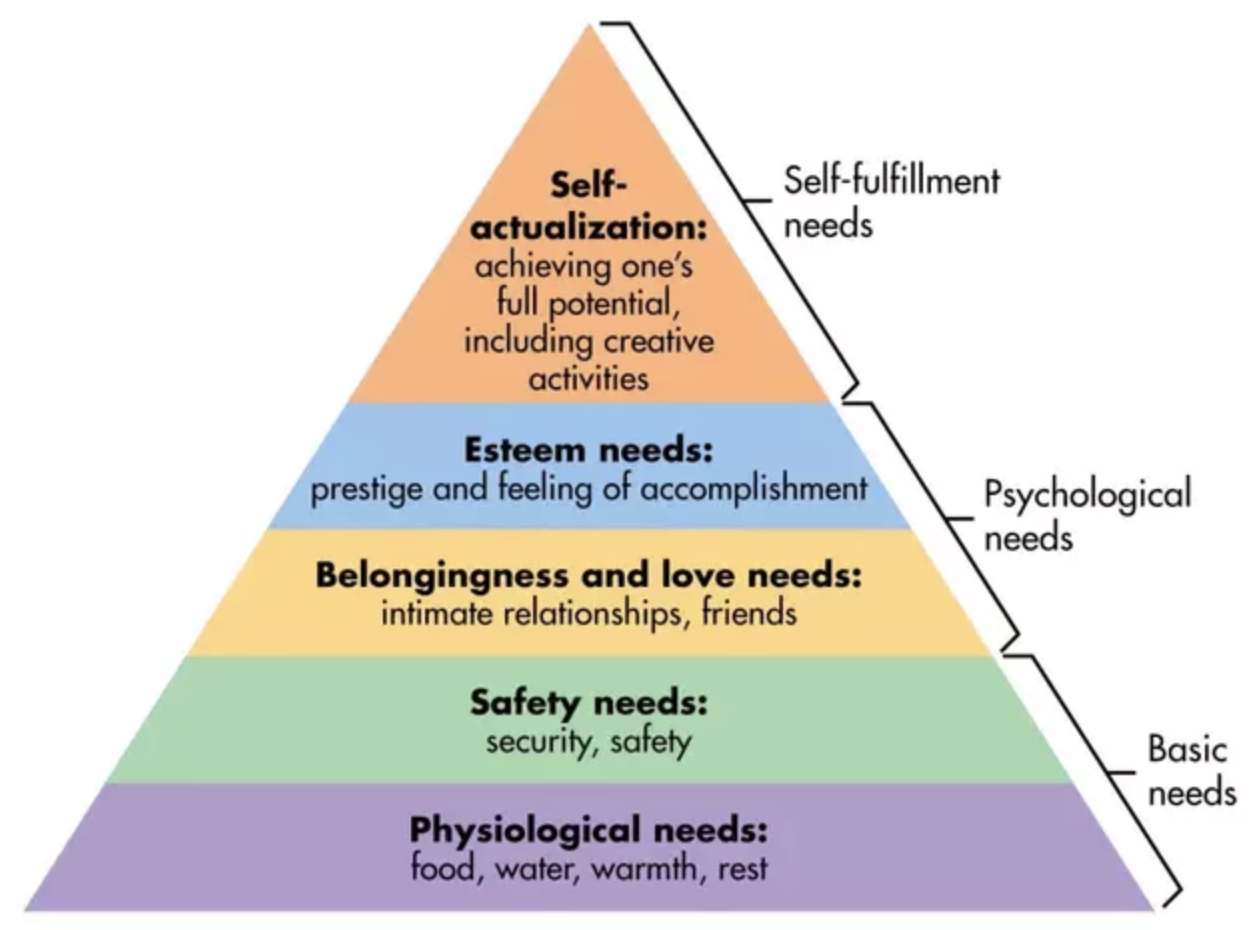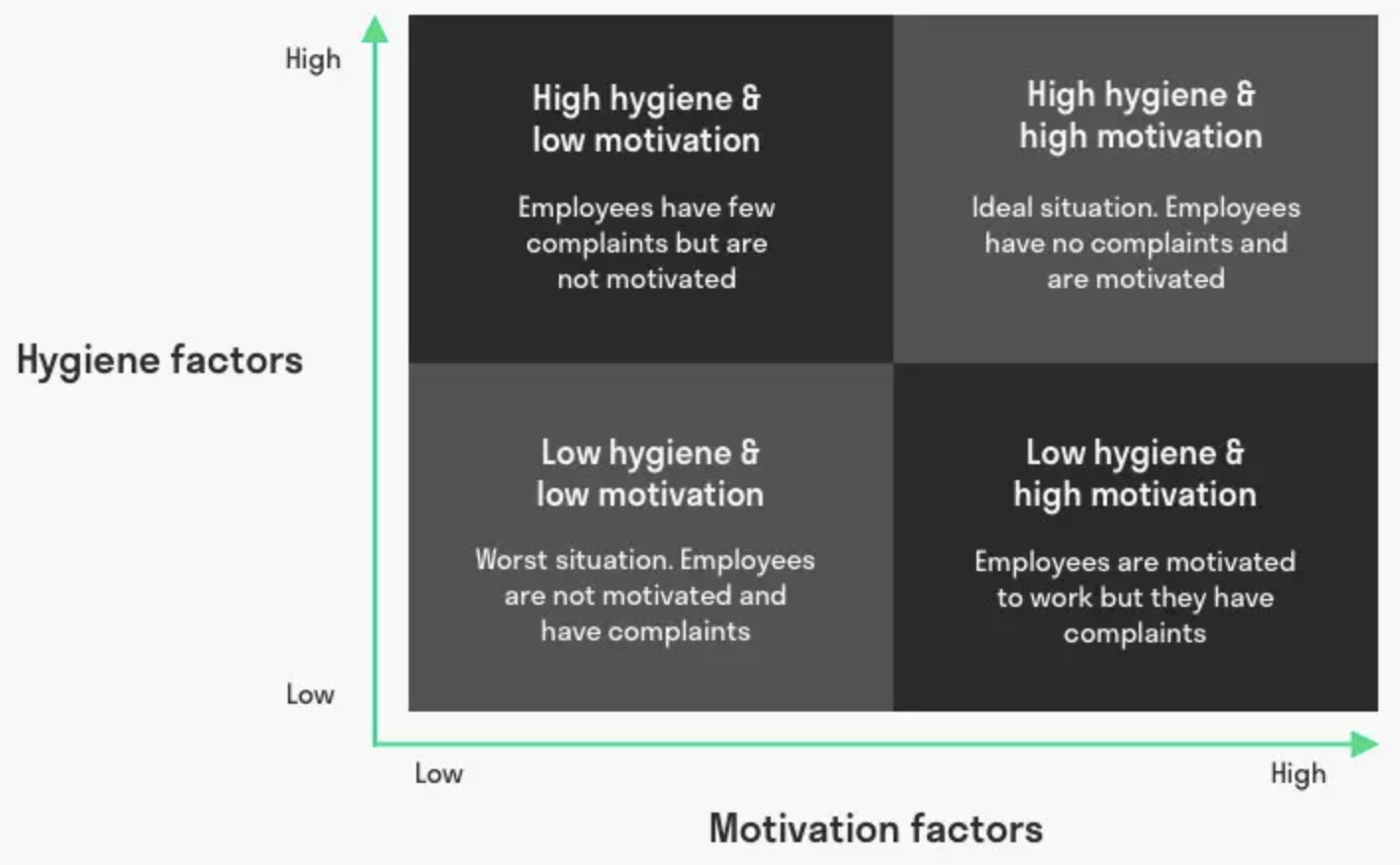March 25, 2019
In the United States, much attention is devoted to white-collar workers employed in vocations such as law, business, engineering, and medicine. However, blue-collar workers in frontline sectors still compose the backbone of the American economy. Furthermore, their work is no less important than their white-collar counterparts. Managers must understand how blue-collar human resources strategies are different from those relevant to knowledge workers.
Office workers and frontline workers are psychologically distinct.
Abraham Maslow’s Hierarchy of Needs—a well-known psychological theory—serves as an effective starting point for understanding employee motivation. Usually depicted as a five-step pyramid, individuals shift their focus upward as they meet different levels of needs.

With higher wages and little physical labor, knowledge workers are often in the middle tranches of Maslow’s pyramid. Since their basic requirements for survival are fulfilled, they are typically searching for higher levels of meaning at work. They can focus on friendships, earning prestige, finding accomplishment, and other existential desires. On the other hand, blue-collar workers often find themselves focusing on the basic needs portion of the pyramid.
Another important phenomenon in developmental psychology is Frederick Herzberg’s Two-Factor Theory. While studying workers in his home city of Pittsburgh, Herzberg found that two different sets of factors cause satisfaction and dissatisfaction in the workplace.
Dissatisfaction and satisfaction are not exact opposites.
“Hygiene” factors—job security, pay, and good working conditions—do not cause satisfaction, yet dissatisfaction results when they are absent. Similarly, “motivation” factors—challenging work, responsibility, and feelings of achievement—do not cause dissatisfaction when they are lacking, yet true satisfaction is impossible without them.
Under Herzberg’s theory, every workplace falls into one of four categories.

Due to lower wages and benefits, frontline workers are more likely than white-collar workers to experience fewer hygiene factors. This translates to a higher level of dissatisfaction. However, if human resources managers are not considering all workers’ sense of purpose, frontline employees are much less likely to experience high motivation.
In other words, white-collar and blue-collar employees are psychologically distinct due to the types of jobs that they hold. Both classifications of workers fundamentally require the same needs innate to all humans. Yet, frontline workers are not normally as likely to find them in the workplace. This disconnect between purpose and vocation for frontline workers has negative ramifications for productivity, profitability, and—most of all—employee retention.
While they tend to focus more on physiological and safety needs, the good news is that frontline employees can still fulfill their interpersonal and esteem needs at work, and human resources managers should enact policies that help frontline workers gain a sense of purpose—just as they do with office workers. Treating hourly workers as stakeholders in the business’s mission is an excellent place to begin.
Management must not ignore motivation factors when considering blue-collar human resources initiatives.
How can companies effectively meet the needs of all their workers—not just their white-collar employees? Blue-collar human resources strategies such as providing voice, offering opportunities for continuous feedback, and building bridges between management and workers are necessary for a healthy workforce.
Learn how Qlicket assists companies with fulfilling the needs of their frontline workers


